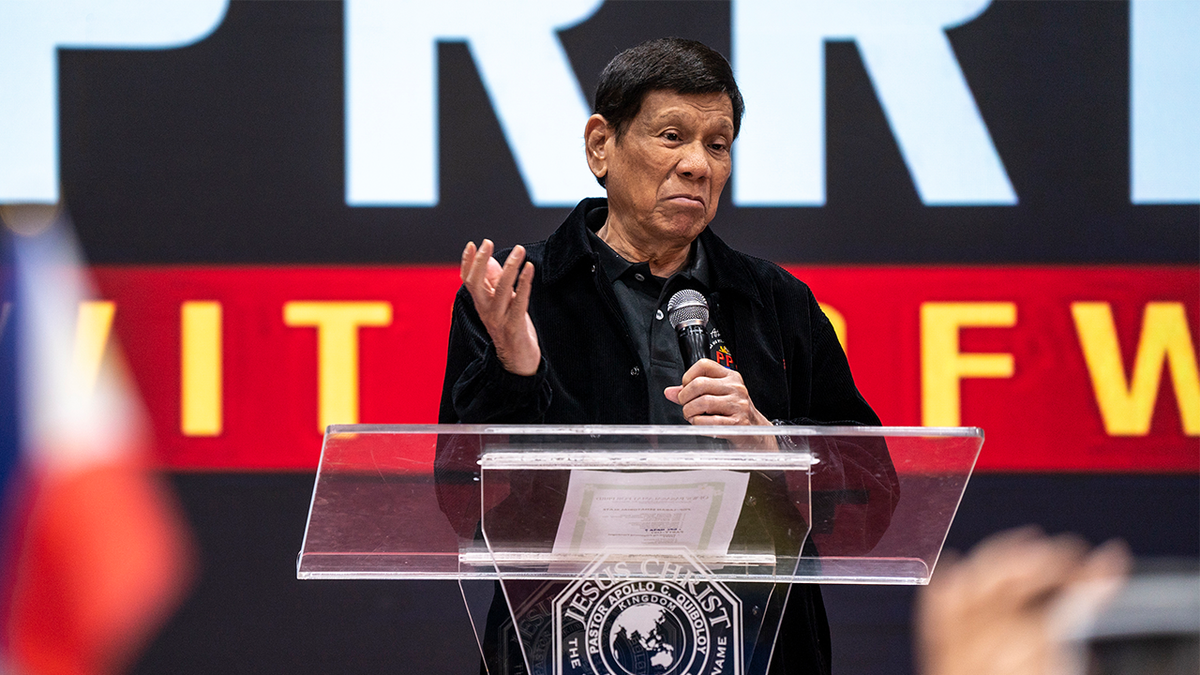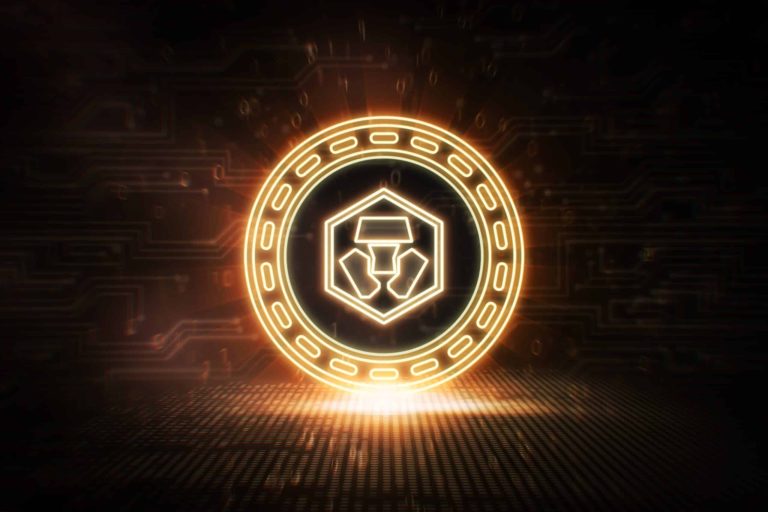

It was Jaime Pineda’s first psychology class as a college freshman, in an auditorium of about 500 students, where he felt like his professor was speaking directly to him alone. He found himself on a path to lifetime of studying psychology, neuroscience, and cognition, resulting in a doctorate, working as a professor at UC San Diego, and running the university’s Cognitive Neuroscience Laboratory for nearly 30 years.
“I was sure that learning about the biochemistry, neurophysiology, and other aspects of the machinery of the brain would help me get a better handle on what produces the mind,” he says. “This knowledge certainly helped, although many unanswered questions remained. Somewhere along the way, I turned to contemplative practices, which offered another way to examine the mind.”
Today, he’ll talk about some of what he’s learned when he discusses his latest book, “Controlling Mental Chaos: Harnessing the Power of the Creative Mind,” at 3 p.m. Saturday at the La Jolla/Riford Library. He describes it as a self-help book with his personal perspective on what causes most of our human mental suffering — an uncontrolled mind — and how to address that suffering in the simplest way possible.
Pineda, 70, is professor emeritus of cognitive science at UC San Diego and lives in Carmel Valley with his wife, Jane. He took some time to talk about the difference between the brain and the mind, studying his own introversion and anxieties, and learning to channel anxiety into creativity.
Q: In “Controlling Mental Chaos,” you investigate the ways in which anxiety is connected to creativity. What first inspired you to look at this connection?
A: During my 30-year professional career in studying the brain and mind, and an equally long experience with contemplative practices, I accumulated a lifetime of insights that I wished to share with others to overcome the mental problems we all experience. My personal attempts to resolve such problems, and the discovery of means to do it, provided the motivation for writing this book.
The recognition that anxiety and creativity are linked came both from my professional understanding of how the brain works, and my personal experience with high anxiety. As an introvert, I was terrified when speaking to groups of people, yet this skill is absolutely necessary for an academic to teach, give lectures about one’s research, talk to other scientists, etc. I gradually realized that the anxiety I felt was my mind’s creative energy trying to deal with my feelings and perceptions about the situation, although with little success. I now call this uncontrolled chaos and know that it arises because the tools I use to deal with my mental chaos are insufficient for the task and I feel frustrated, unmoored, anxious, and fearful.
Q: Can you talk about some of the specific dynamics of anxiety you identify in the book? What do these look like?
A: I strongly believe that all anxieties have a basis of fear underneath them. The fear can be different for each of us and therefore manifests in different ways. In my case, the anxiety reflected a fear of being judged, of having others criticize me, and having them see me as less than what I imagined myself to be. This manifested in imposter syndrome, the belief that I did not belong as a member of the faculty at such a prestigious university, as well as other feelings of low self-worth. It took a while practicing the strategies I outline in the book to recognize that my own thoughts caused these feelings and that I didn’t have to believe them. Eventually, the recognition that I am not my thoughts and that I have a choice as to whether to believe them or not, broke through and ushered in freedom from my anxiety that was unexpected.
What I love about Carmel Valley …
I love that I live close enough to the beach to walk to it and enjoy the beautiful sunsets I am privileged to experience here.
Q: How do these particular dynamics demonstrate “uncontrolled creativity”?
A: Creativity is what I refer to as controlled chaos, so the question is how do we navigate between uncontrolled chaos and controlled chaos, or creativity? How do we find that balance? My conclusion is that most mental problems we experience are the mind’s unfocused and uncontrolled attempts to resolve them. We depend too much on rational, intellectual thinking to solve these issues. Yet, science is telling us that our rational mind, wonderful as it is, is limited in resources and gets easily overwhelmed when faced with more than a couple of problems at a time. The experience for most of us, unfortunately, is that we experience dozens of problems every moment, from personal to intrapersonal to institutional to worldwide and systemic ones. What we need is a mind that can give us access to the big picture, see the relationship between problems, and do so calmly. This aspect of the mind is called open awareness, and it becomes the solution to the uncontrolled mind; an answer known for centuries, yet one which very few people know about. Modern culture has not been very good at helping us cultivate this state of mind. Modern studies of the mind tell us we are born with an incredible, original and creative aspect, this open awareness, yet it quickly becomes obscured by the fear and anxiety of everyday life.
Mental problems not only affect us individually, but spread out like rings of fire to touch our families, friends, society, and the world at large. It felt it important to have a sense of responsibility to help and minimize the suffering that ensues.
Q: Can you share a couple of strategies that you’ve used yourself that have been successful for you on your journey to control mental chaos?
A: What I emphasize in the book is that there are many strategies available and one must find the one that works best for us. I tried exercise, nutrition, sports, nature walks, yoga, meditation, self-reflection, etc. Over time, I found that the most effective, natural, and easiest strategy is simply learning to live in the present or in the moment. Doing so gives me immediate access to the open awareness of my original creative mind. The practice has been to rest in that for more than a few seconds and the only way to do that is to practice, practice, practice.
Q: What do you hope people take from your book?
A: An understanding that the solution to the dysfunctional, uncontrolled mind is not to get rid of it, but to place it in the proper environment or context. We can take this mental chaos and, through a simple and innate strategy, guide the dynamics back to their natural and original state, to deal with the challenges of living in the present moment. We do that by cultivating open awareness. When we do that, the uncontrolled mind returns to its innate, creative nature.
Q: What has this work taught you about yourself?
A: Like many, I consider myself a truth seeker who has turned to different methods and perspectives to try to unlock the secrets of the mind and the brain. Now, in retrospect, I am comfortable with the idea that there is an intelligence to what I studied that I need to connect with in more than an objective, scientific way. This intelligence extends beyond my individual self into life itself, of which I am but a tiny part.
Q: What is the best advice you’ve ever received?
A: Know yourself.
Q: What is one thing people would be surprised to find out about you?
A: That I am interested in many things that may seem unrelated: science, literature, poetry, art, politics, the world, religion, sports, life.
Q: Please describe your ideal San Diego weekend.
A: Walking or hiking the trails around the city.






